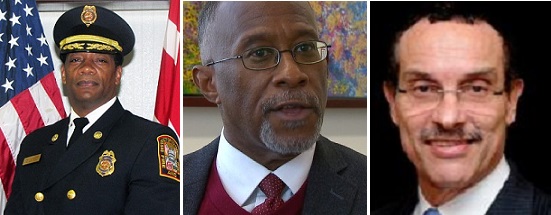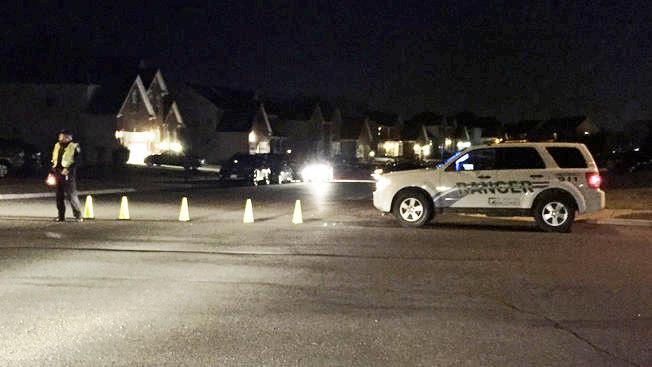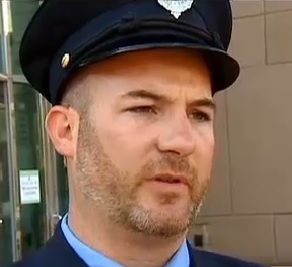Report questions why it took Philly ladder truck 18 minutes to get to LODD fire
Philadelphia Mayor Jim Kenney, who took office last month, announced that two controversial fire department policies from the previous administration have been halted.
Kenney, the son of a former Philadelphia Fire Department battalion chief, has stopped both browning out fire companies and forced staff rotations.
Both policies were cited in a new report by City Controller Alan Butkovitz that says the policies “jeopardized public safety” and cost $20 million in overtime.

One incident cited was the December, 2014 line-of-duty-death of Firefighter Joyce Craig. (Note: Firefighter Craig was posthumously promoted to the rank of lieutenant.)
One of two ladder companies on the initial dispatch took 18-minutes to travel less than two miles to the burning home. Furhter below is the portion of the report that talks about Ladder 8’s delayed response.
According to Julia Terruso at Philly.com, IAFF Local 22 president Andrew Thomas said about the lengthy response time, “The forced rotations put a group together in a ladder company that may have not been familiar with the area for response time. I do believe traffic played a part in the response, but there’s no acceptable reason it should take 18 minutes.”
Portion of report about response to fire that killed Firefighter Joyce Craig (read entire report, here):
Perhaps one of the most egregious cases of slow response was a fire incident that occurred during December 2014 involving the death of a Philadelphia firefighter. And although the incident concerned a ladder company, which fell outside the scope of this audit, the Controller’s Office is discussing it here to highlight the importance for any type of firefighting equipment to arrive timely on the scene.
The primary objectives of ladder companies are search and rescue.11 Ladder company crews are also responsible for removing heat, smoke and gases to allow greater visibility. On December 9, 2014 at approximately 2:50 am, a fire was reported at 1655 Middleton Street in the West Oak Lane section of the city. The PFD promptly dispatched two engines, two ladders, and one Battalion Chief (Engine 73, Engine 63, Ladder 8, Ladder 21, and Battalion 2). Within four minutes of being dispatched, Engine 73 arrived on scene and began fire fighting operations. Approximately nine minutes after dispatch, Command12 attempted to raise Ladder 8 with no response. A second attempt was made a minute later with no response. After the third attempt, Ladder 8 acknowledged command over ten minutes after the initial dispatch. Command notified Ladder 8’s officer they had “to get this place ventilated for the first‐in engine”,13 but it was not until approximately 14 minutes after being dispatched that Ladder 8 notified command that they were stuck behind a car. Unfortunately, Ladder 8 did not arrive on scene until over eighteen minutes after they were dispatched to the fire. A firefighter who died in the fire was found at approximately 3:15 am.
According to an internal critique of the December 9th fire, several key issues were identified including inadequate ventilation in the house, delays in getting ladder trucks to the fire, and poor communications at the scene. Per the internal critique, “Ventilation on the fire‐ground is done for two important reasons: to assist firefighters with tactical operations (venting for fire) or to assist trapped civilians during rescue operations (venting for life)…. Ventilation creates an environment more survivable for both victims and firefighters. It reduces the environmental impact our firefighters have to operate in and will accelerate their ability to facilitate fire control and extinguishment…. If civilians are trapped inside, or firefighters are operating inside, then lifting the heat and smoke even a couple inches may mean the difference between achieving or not achieving the overall objectives.”14 Ladder 8’s late arrival delayed the start of much needed ventilation.
A review of Ladder 8’s 1.9 mile route from the fire station located at 300 East Chelten Avenue to the scene of the fire at 1655 Middleton Street indicates much of the route is a straight line (see Figure 4 below). Based on the distance to be traveled, we estimate that Ladder 8 should have arrived at the fire within four minutes of leaving the fire station.15 PFD records show that the on‐scene arrival of Ladder 8 was eighteen minutes, 27 seconds, which was over ten minutes above the 8 minute recommended time.
At the time this report was being drafted, PFD had yet to release to us, or make public, its Line of Duty Death (LODD) Report regarding the 1655 Middleton Street fire. The conclusions in that report may have provided information on why it took Ladder 8 over 18 minutes to arrive on scene. Accordingly, we could not corroborate statements management made at the entrance conference for this audit that Ladder 8 became lost enroute to the fire.
Receipt of the LODD Report may have shed light on the impact that the “Firefighter Rotation Policy” had on Ladder 8’s response time to the specific fire at 1655 Middleton Street. Nevertheless, a review of Ladder 8’s roster showed that firefighters on duty that morning may have been unfamiliar with the community and their first alarm district. For instance, we observed that two of the firefighters had been transferred to the fire station just 10 months earlier in February 2014. A third firefighter had been assigned in February 2013 — less than two years earlier — and the captain on duty had been assigned to the station only since December 2011.








